Ca Mau land with rich mangrove ecosystem, owns many plant species with high medicinal value, including mangrove (white mangrove, black mangrove and guava mangrove), widely distributed in Ca Mau Cape National Park, coastal alluvial plains and along mangrove canals...
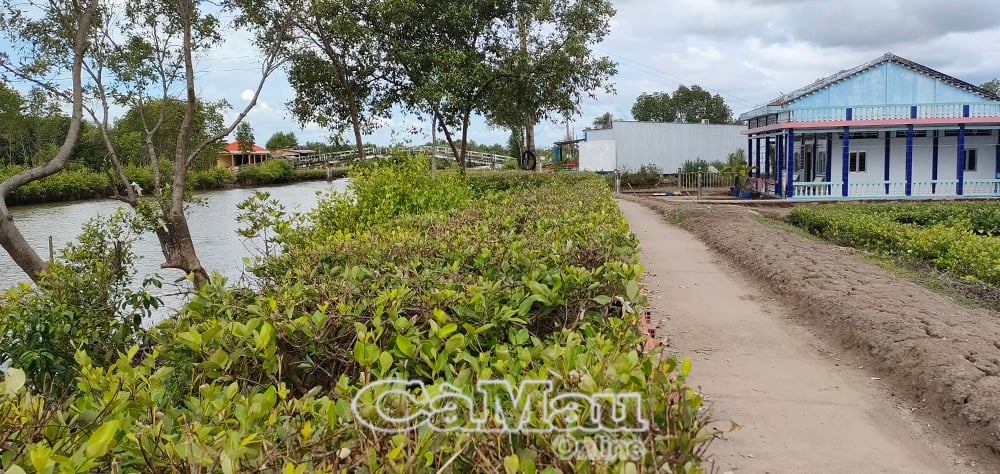
Mangrove trees are planted along river banks to retain soil and prevent landslides. They are trimmed to create green hedges and create beautiful rural landscapes.
In folk medicine, parts of the mangrove tree have long been used to make many medicinal remedies, but have not really been thoroughly researched in a modern direction, especially in exploiting the value in preventing and supporting the treatment of liver diseases - one of the increasingly worrying public health issues today.
Associate Professor, Doctor, Pharmacist Nguyen Thi Ngoc Van said: "After 24 months of implementation, the research team has completed the set goals: successfully produced standardized extract from the leaves of the Aquilaria tree (6 batches of dried extract) and capsules containing standardized extract from the Aquilaria tree (4,000 functional food capsules recognized by the Department of Health of Ca Mau province). Developed a process for preparing standardized extract from Aquilaria tree leaves and a process for preparing capsules containing standardized extract from Aquilaria tree leaves (simple, easy to transfer technology). Developed standards for testing Aquilaria tree raw materials; standards for testing capsules containing Aquilaria tree extract that support liver protection and standards for testing standardized Aquilaria tree extract. Evaluated the effectiveness and safety of the capsules through a model of liver damage in mice with high doses of paracetamol, demonstrating a clear liver protection effect...".
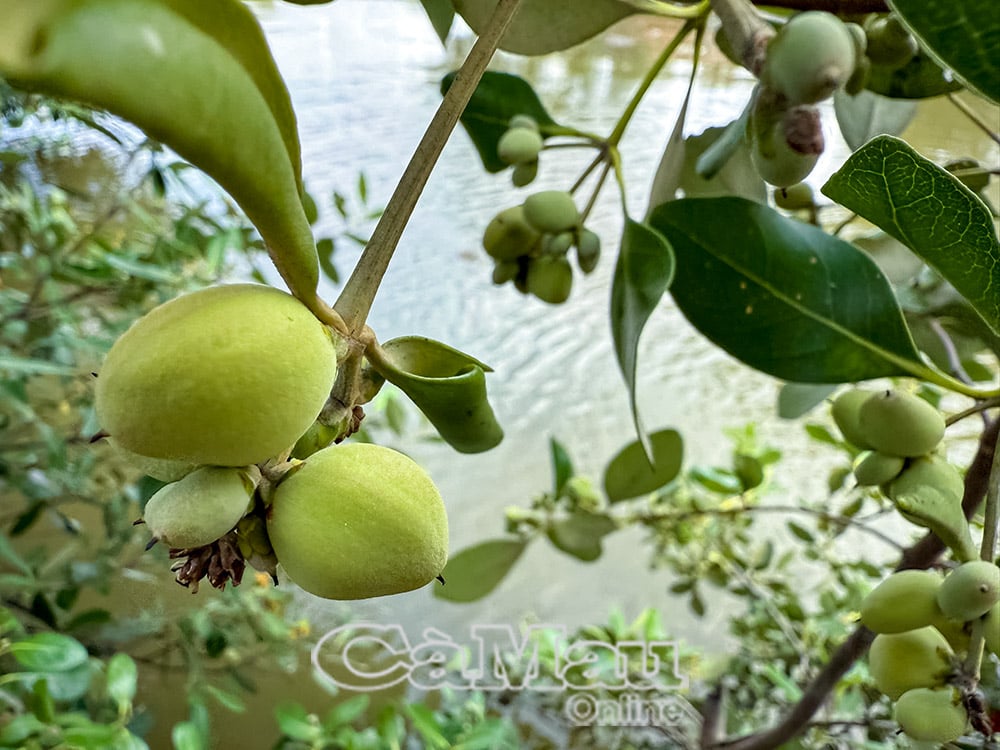
The fruit and leaves of the mangrove tree have long been used in many folk remedies, but have not really been thoroughly researched in a modern way.
"In particular, the project not only brings scientific value when creating a standardization process for indigenous medicinal herbs, but also opens up the potential for developing health care products from the mangrove tree - a familiar plant that has not been exploited systematically and effectively. The project is a clear demonstration of the approach to scientific research closely linked to local practices, contributing to the development of the national medicinal herbs industry, while promoting the sustainable exploitation of indigenous resources to serve community health care", Associate Professor, Doctor, Pharmacist Nguyen Thi Ngoc Van added.

According to Associate Professor, Doctor of Pharmacy Nguyen Thi Ngoc Van, the topic opens up prospects for wild plants that grow abundantly in the mangrove areas of Ca Mau.
At the conference reporting the results of the provincial science and technology project phase 2, on April 24 at the Department of Science and Technology, delegates highly appreciated the meticulous, serious and dedicated investment of the research team; requested to absorb the delegates' comments to supplement and complete the project summary report, and complete the dossier to send for official acceptance in June.
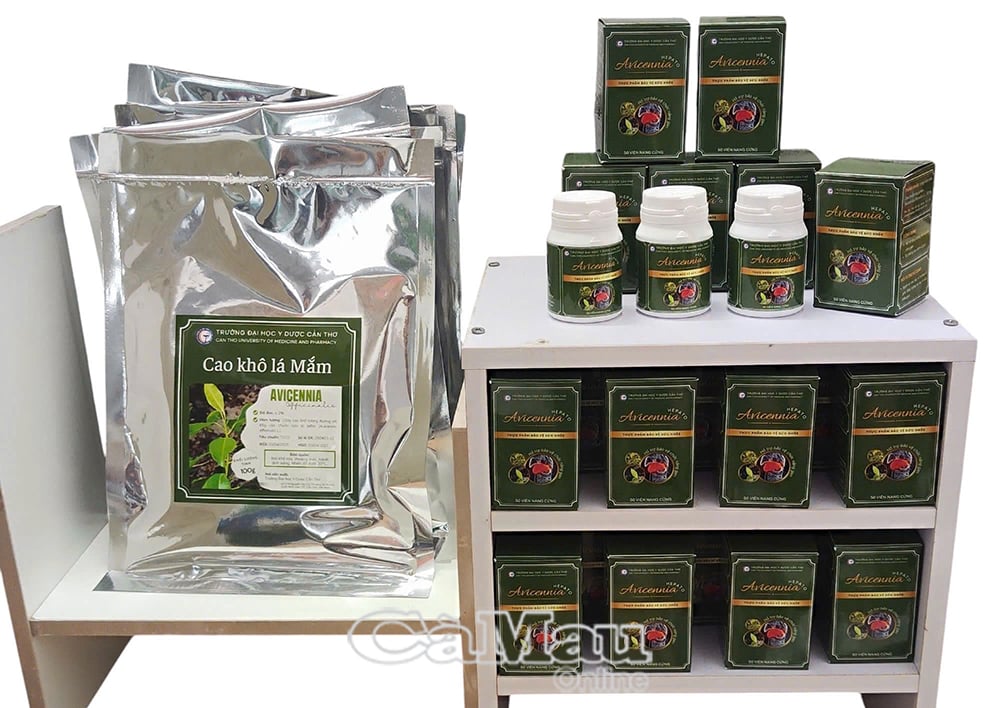
Dried extract product from leaves of the mangrove tree in Ca Mau.
In Ca Mau, along the canals and ditches in the saline region, there are countless mangrove trees. They are pioneer trees that cling to the soil and protect the banks. Now they are also chosen to be planted as soft embankments to protect traffic routes, saving significant costs. It is even more joyful when mangrove trees contain valuable medicinal properties that can be exploited and promoted in the future.
This is not only a new approach in developing health care products from indigenous medicinal resources, but also a necessary step to enhance the economic and medical value of the mangrove tree. Taking full advantage of the potential of the mangrove tree is a proactive contribution to the strategy of conserving natural resources associated with the application of science and technology to life.
Loan Phuong
Source: https://baocamau.vn/duoc-lieu-quy-tu-cay-mam-a39273.html


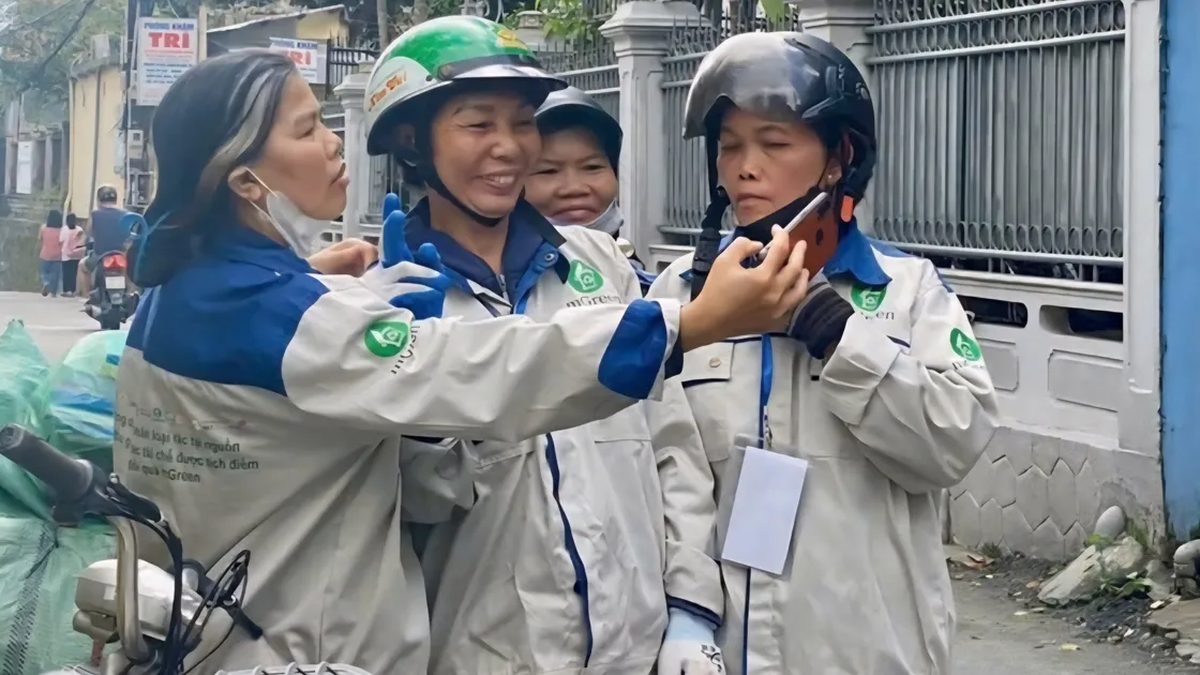




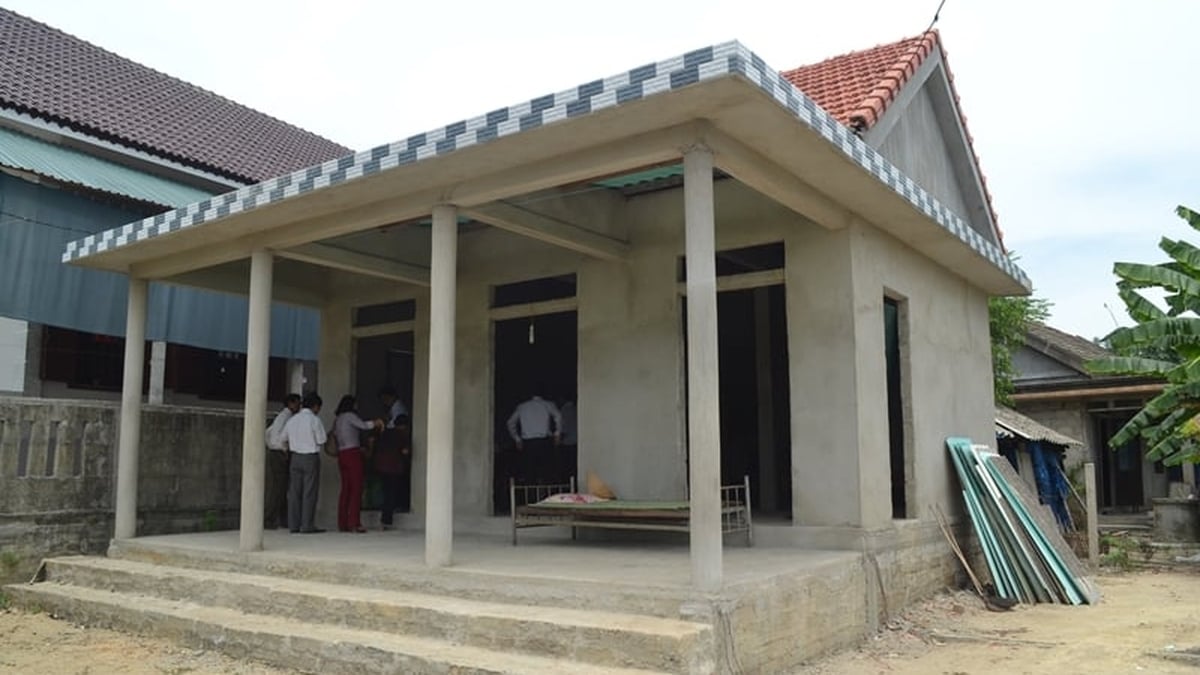


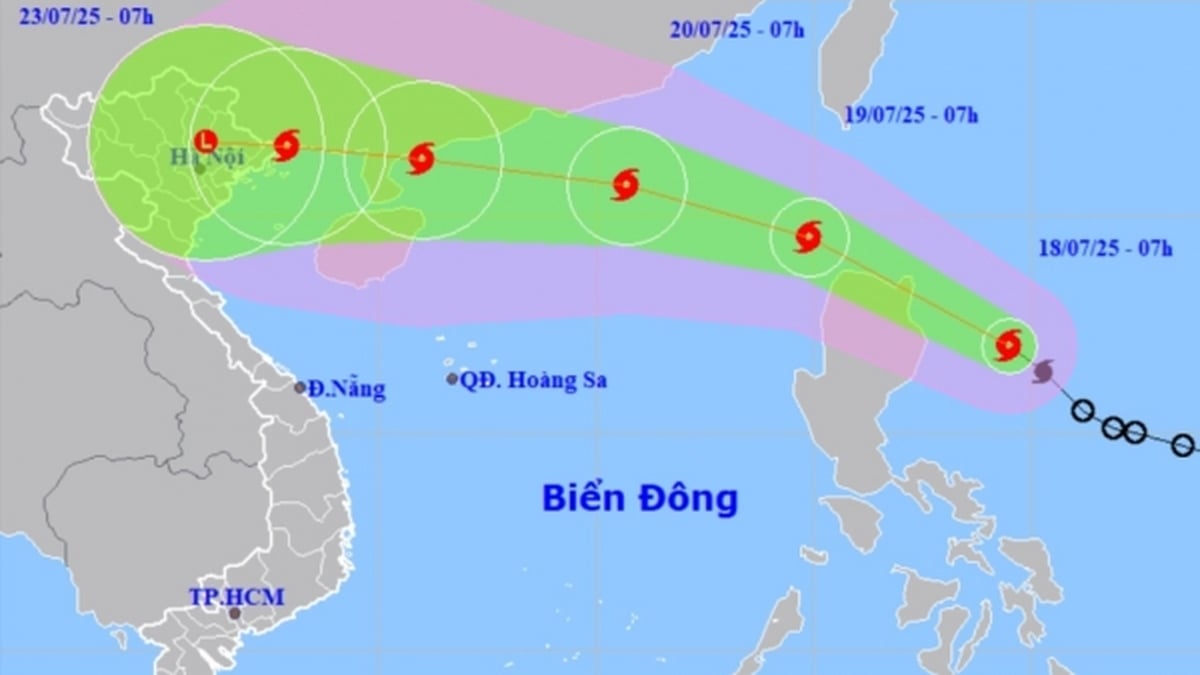
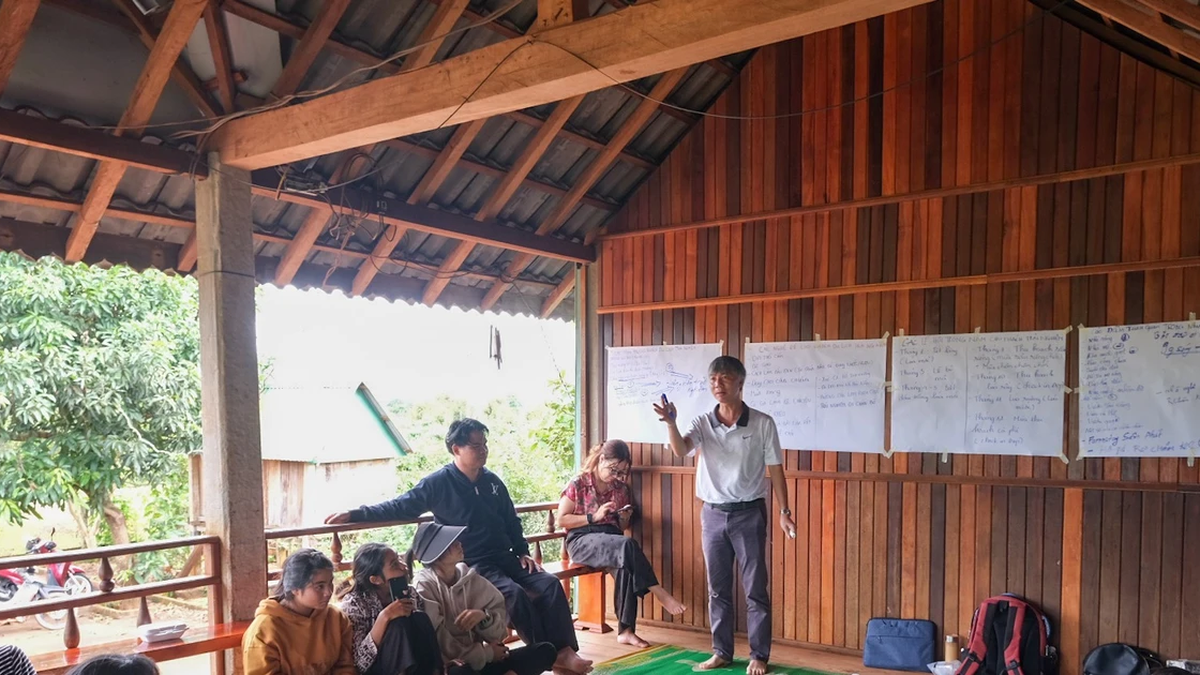














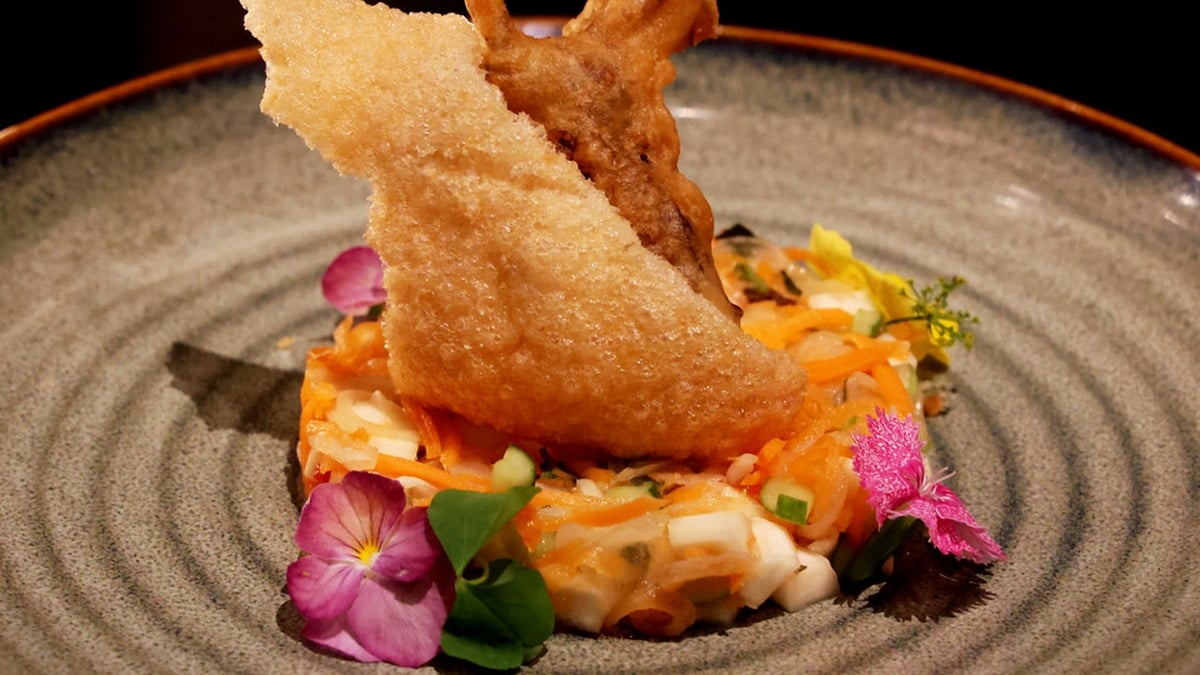





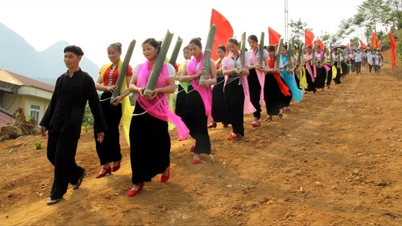

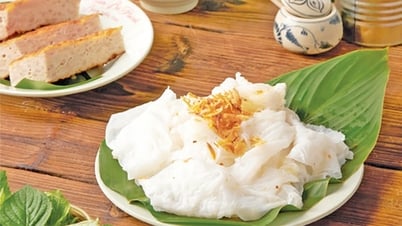


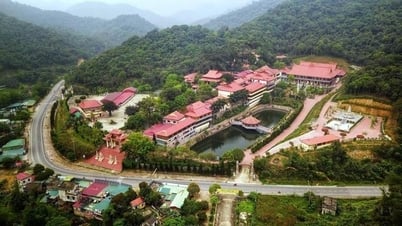

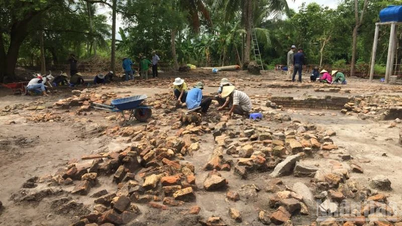
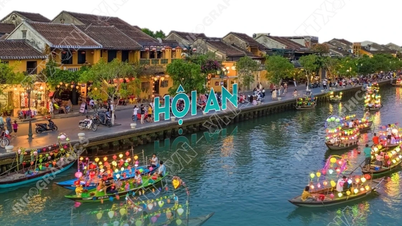

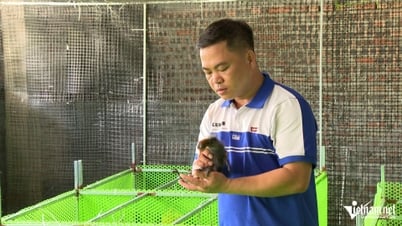

























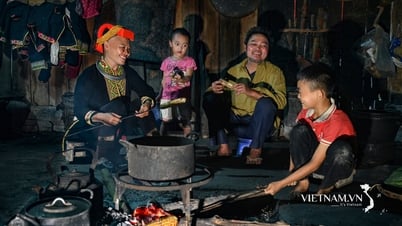







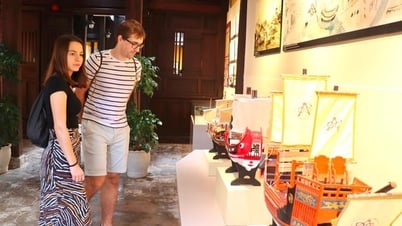


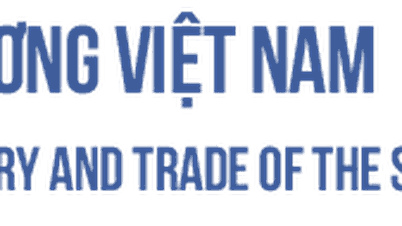
















![[Infographic] In 2025, 47 products will achieve national OCOP](https://vphoto.vietnam.vn/thumb/402x226/vietnam/resource/IMAGE/2025/7/16/5d672398b0744db3ab920e05db8e5b7d)





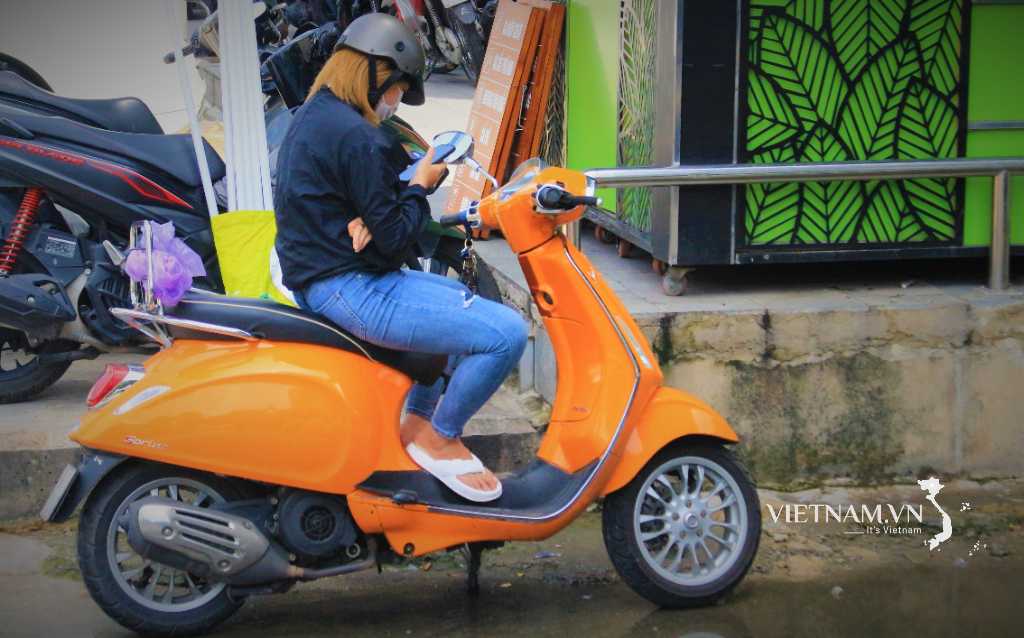
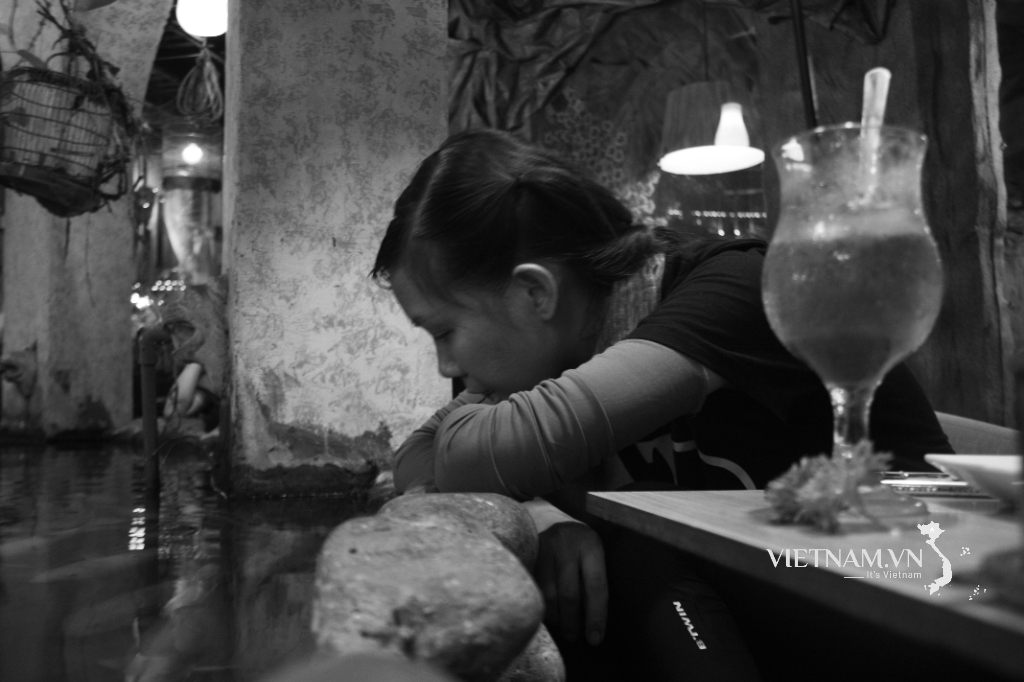
Comment (0)